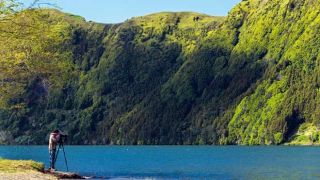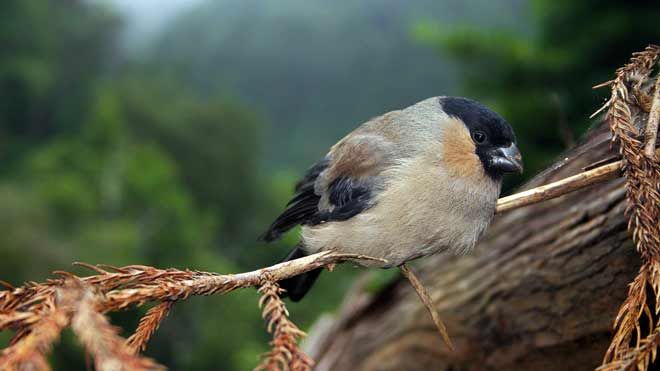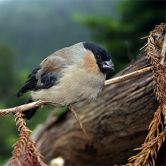Birdlife in the Azores

Fly to the Azores and prepare to be amazed by the beauty of these nine islands, chosen by so many birds as a sanctuary or temporary stopover.
The dominant colour in the landscape is green, resulting from the luxurious vegetation, complemented by pink, purple and blue tones of camellias, azaleas and above all the hydrangeas. This wealth of vegetation allied to the islands’ privileged geographic location in the middle of the Atlantic is prized by many species of terrestrial and aquatic birds who congregate here, generating a diverse mix of avifauna that is difficult to find in any other part of the world.
Experts believe that the very name given to the archipelago when discovered by the navigators was inspired by the birds spotted in the zone that they thought were goshawks (açores in portuguese). In fact they were kites and can still be seen today in almost all the islands. There are also many Cory’s Shearwater. During Spring and Summer nights, their distinctive chant can be heard echoing in every corner. Although clumsy on ground, these birds fly with great dexterity, clipping the sea waves as they fine tune their fishing skills.
If you’re looking for rare bird species, travel to the island of São Miguel. The Special Protection Zone of Pico da Vara is the only place in the world where you can see the small priolo - the most endangered bird species in Europe. Other species also inhabit this zone, such as blackcaps or chaffinches.To the south, the Ponta da Galera is a kingdom of terns, but there are many other excellent birdwatching spots. Some of them are truly spectacular and constitute must-see locations on any tourism itinerary – such as the Lagoa das Furnas and Lagoa das Sete Cidades, or the Islet of Vila Franca do Campo.
The western group of islands receive species from the American continent, on a stopover during their migratory routes. In the island of Flores, next to the Lagoa Branca, you’ll find an Observatory where you can follow the movements of these neartic birds. Access is achieved by a special footpath so as not to disturb the sense of tranquillity that dominates this exuberant vegetation.
In the far western corner of this archipelago, the island of Corvo is renowned amongst ornithologists. Especially during the Autumn, this small island named after a bird (corvo=crow) is visited by birds rarely seen in other parts of Europe, who essentially due to meteorological factors carry out a detour in their migratory routes within the Americas. These birds are perhaps also attracted by a quality that all these islands share in common and which you’re also bound to appreciate – unspoilt nature and a unique sense of peace.









 Explore
Explore 
 Remember and Share
Remember and Share 


